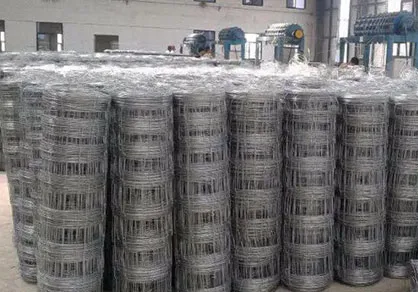

When hammering nails manually into concrete, ensure that you're using a heavy-duty hammer, ideally a 2 to 4-pound sledgehammer. Place the nail point at the marked position, tap lightly to secure it initially, and then apply increasing force until the nail is seated correctly. Working steadily and patiently is key, as excessive force at the outset can cause the concrete to crack or damage the nail. An often-overlooked aspect is the quality of the concrete itself. Different types of concrete have different hardness levels. New concrete, for example, may still contain moisture, making it slightly easier to drive nails into compared to older, cured concrete which becomes significantly harder over time. Knowing the characteristics of the concrete you're working with can significantly impact the success of the task. Finally, while it may be tempting to skip using any adhesives or anchoring agents when driving nails into concrete, incorporating these can greatly enhance the security of your attachment. Epoxy or construction adhesive can be applied to the nail before driving it into place, providing an additional bonding element that can withstand vibrations and weight over time. In conclusion, the process of driving nails into concrete requires a combination of the right tools, techniques, and safety precautions. By choosing high-quality concrete nails, considering the state of the concrete, and employing either manual or powered tools with care, you can achieve a stable and lasting fixture. Whether for professional purposes or DIY projects, understanding and respecting the properties of concrete will ensure that your efforts are both effective and safe.

















